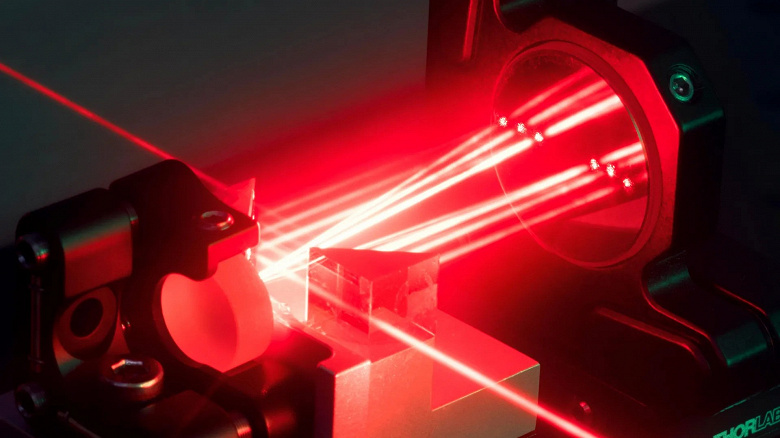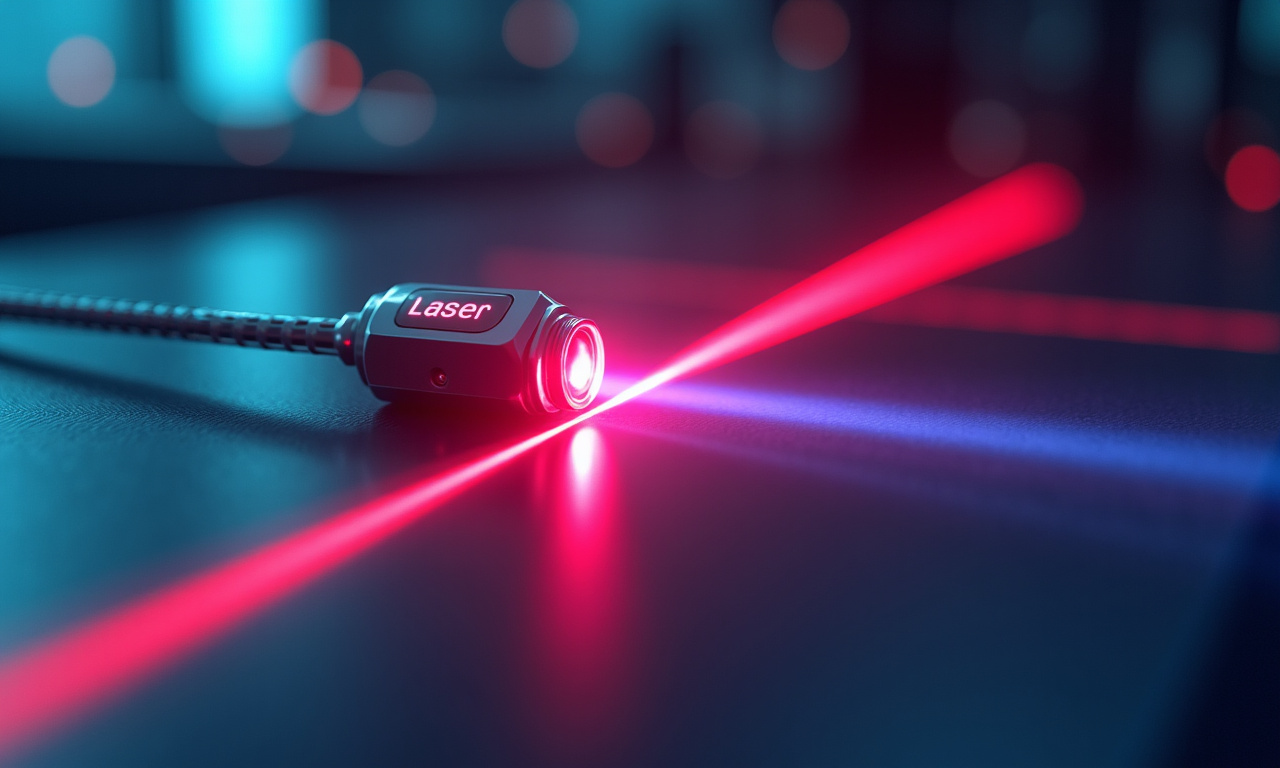Revolutionizing Laser Technology
The scientists at the University of Stuttgart’s 4th Institute of Physics, in collaboration with Stuttgart Instruments GmbH, have unveiled a groundbreaking new type of short-pulse laser. This cutting-edge device uniquely combines high efficiency, extensive tunability, and a compact size that fits comfortably in the palm of a hand. Capable of achieving up to 80% efficiency with only five optical components, this laser more than doubles the effectiveness of many current systems.
Why Short-Pulse Lasers Matter
Short-pulse lasers emit ultra-fast light bursts ranging from nanoseconds to femtoseconds (one quadrillionth of a second), allowing them to deliver significant energy to a very small area with exceptional precision. These characteristics make them invaluable in industrial material microprocessing, medical imaging, and quantum-level measurements at the molecular scale.
How It Works: Innovative Multi-Pass Design
This new laser system operates alongside a pump laser, which channels light energy into a specialized nonlinear crystal. Inside, optical parametric amplification transfers energy from the pump to the ultra-short signal pulse, converting incoming photons into infrared radiation. This is crucial for experiments where visible light falls short, such as in substance analysis and precise spectroscopy.
The Technical Challenge and Solution
The primary technical hurdle addressed by the researchers centered around generating very short pulses which require a broad wavelength spectrum, while achieving high efficiency necessitates a sufficiently long amplification path within the crystal. Standard methods demand either long crystals, which worsen spectral properties, or multiple short ones, complicating synchronization. Lead author Dr. Tobias Steinle highlighted the difficulty in achieving compactness, broad bandwidth, and high efficiency simultaneously.
Stuttgart’s team proposed a multi-pass approach within the optical parametric amplifier. This technique involves passing light multiple times through a single short crystal, precisely realigning the separated-in-time pulses after each pass to maintain synchronization between the pumping and signal pulses. This novel method enables both wide frequency bandwidths and exceptional amplification efficiency with minimal components.
Performance and Future Prospects
The result is a laser system capable of producing sub-50 femtosecond pulses within just a few square centimeters, achieving a maximum theoretical efficiency of 80%-meaning up to 80% of input power is transformed into useful output. Comparatively, currently widespread alternatives of similar purpose typically cap at around 35%, leading to unnecessary energy losses and increased equipment costs.
According to the researchers, this concept can potentially be adapted for various crystals, wavelength ranges including beyond the standard infrared, and pulse durations. Leveraging this technology, they plan to create small, lightweight, portable, and tunable lasers with precise wavelength customization for targeted applications
Impact and Applications
Possible applications of this advanced laser technology span from medical diagnostics and imaging to analytical spectroscopy, gas detection, and environmental monitoring. The innovation holds promise for revolutionizing these fields by providing a more efficient, compact, and versatile solution.

Source: University of Stuttgart / Jonas Herbig and Johann Thannheimer





